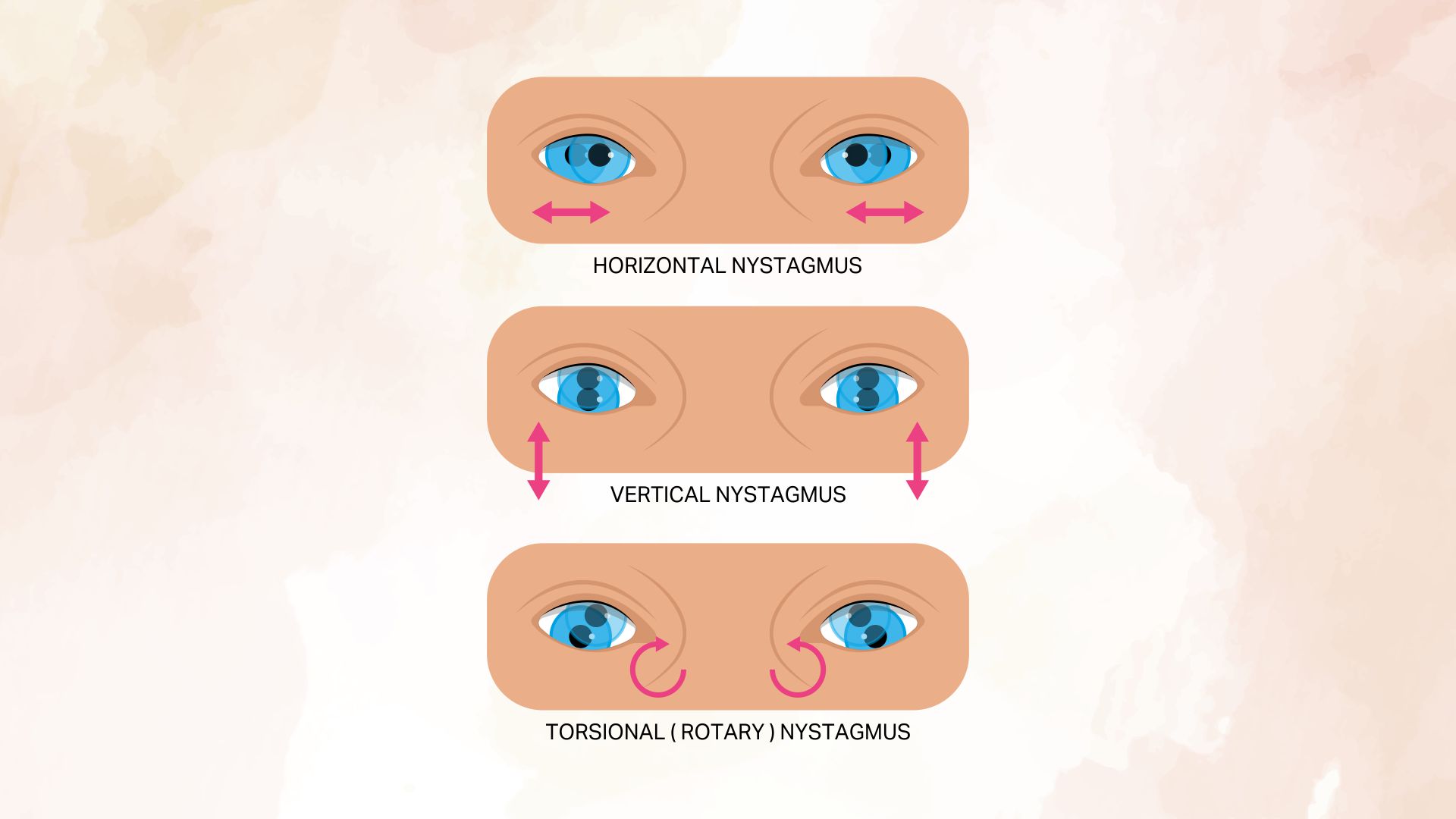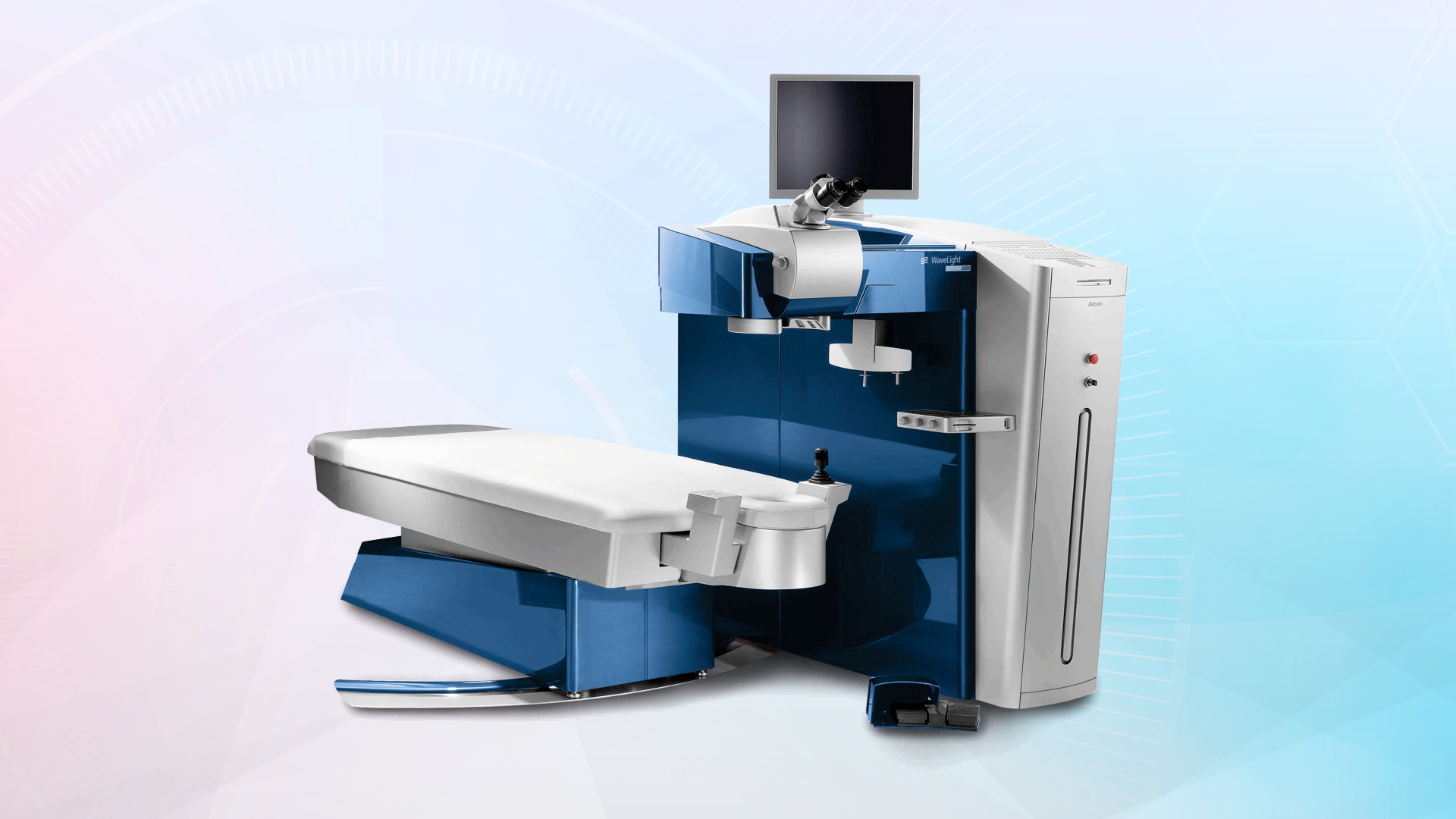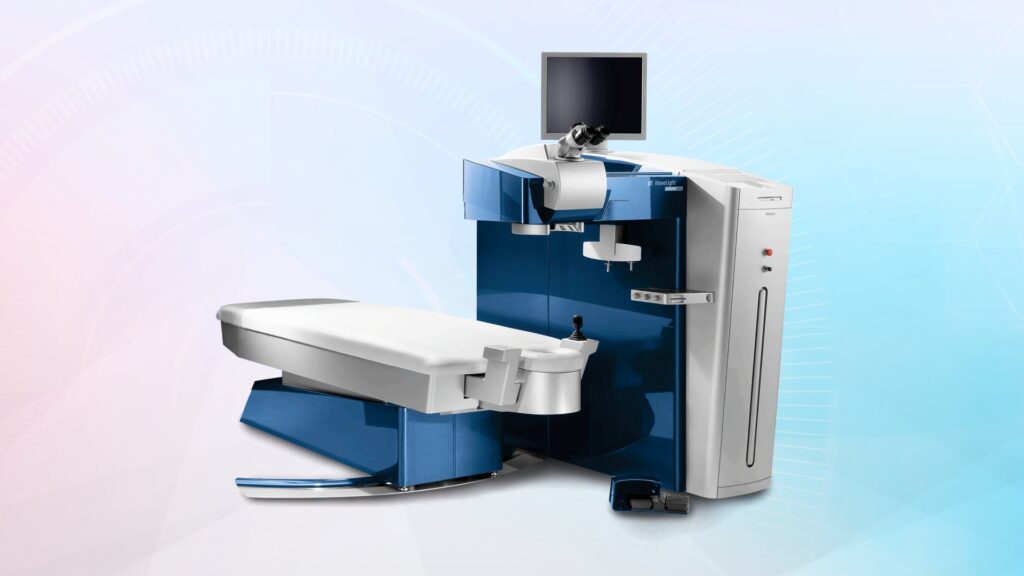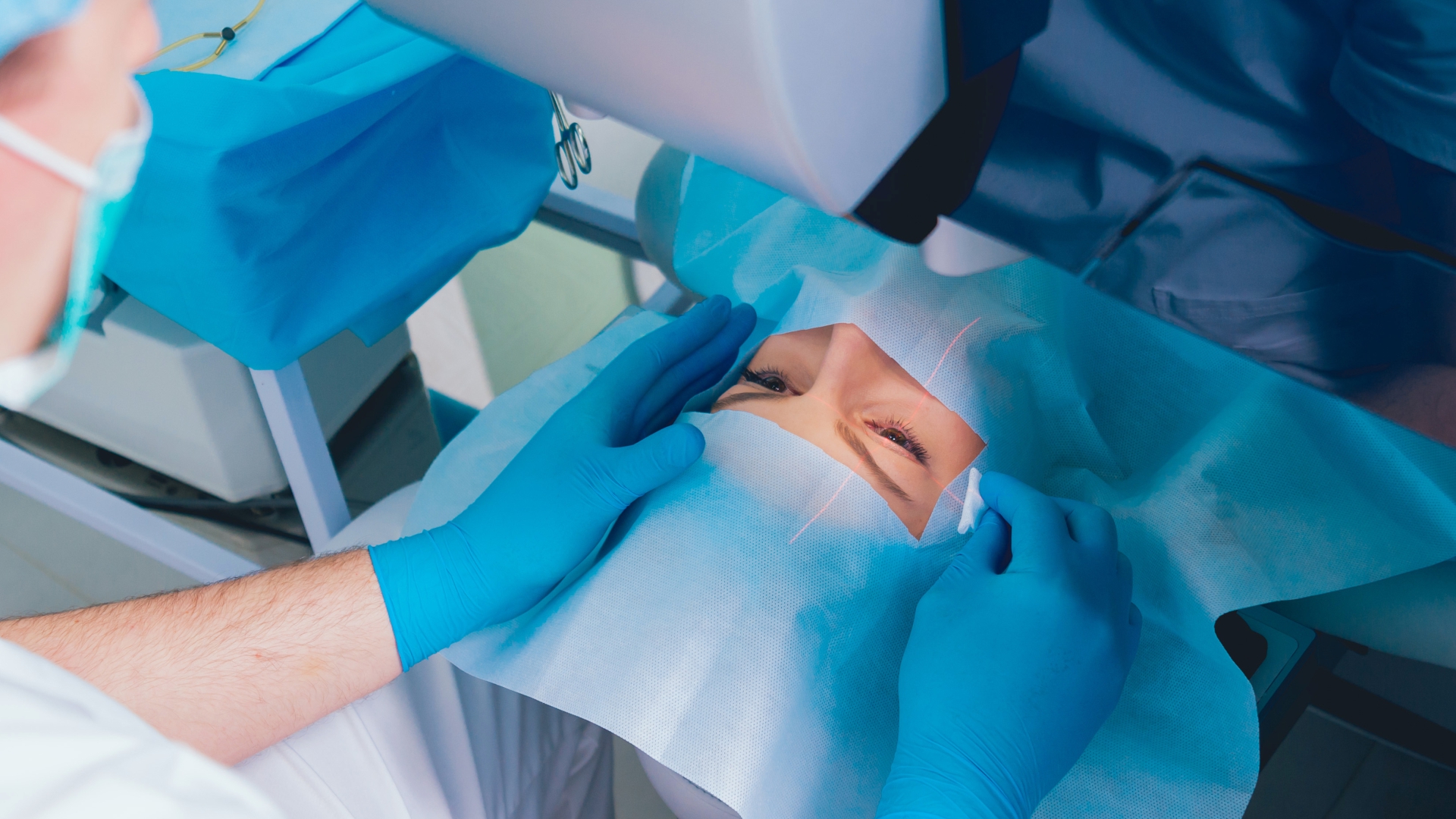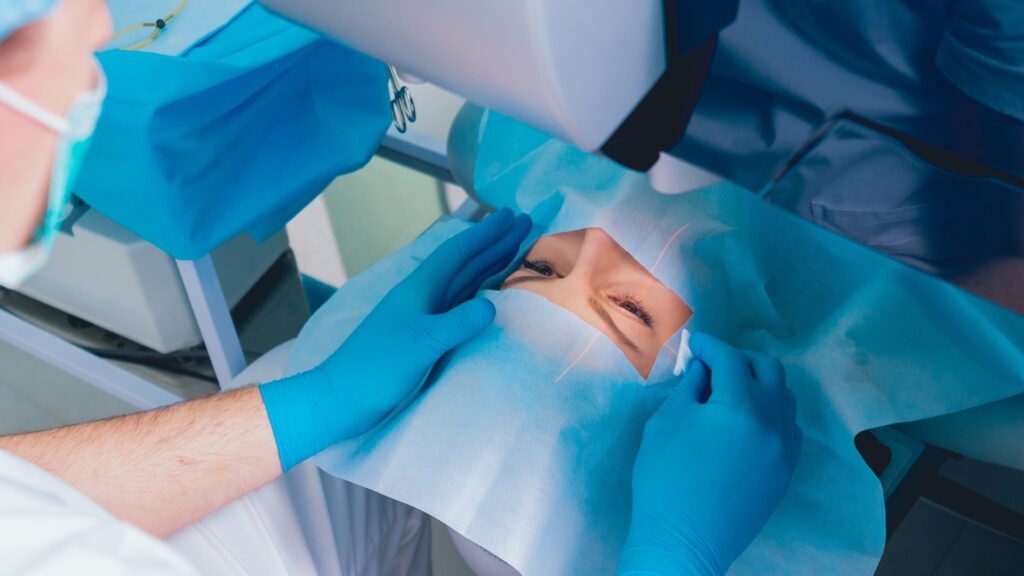Nystagmus Treatment is a condition of the eye where it moves uncontrollably. This could be up to down, side to side or in a circular motion. It may look odd at times though it is no fault of the affected person. Nystagmus impacts your eye’s depth perception, vision, balance and coordination.
The up-down movement is termed vertical nystagmus, and the side-side movement is termed horizontal. The circular motion is termed. It is estimated that at least 1 in 1,000 people have nystagmus.
Though generally not a dangerous condition, it may be associated with serious health conditions such as stroke, brain tumour, head trauma and inflammatory diseases.
Types of Nystagmus
There are two types of nystagmus. These include –
- Acquired nystagmus: This form of nystagmus is generally due to underlying health conditions or drugs. Adults with acquired have a shaky vision.
- Congenital: This type of nystagmus is found in babies. They surface in the baby between six weeks to three months after birth. So, these babies have blurry vision in both eyes.
Symptoms of nystagmus
The following symptoms are observed in people affected by nystagmus:
- Balance issues and dizziness
- Blurry and shaky vision
- Eye movement may happen in one or both
- Nighttime vision problems
- Light sensitivity
- Involuntary movements of the eye
Cause of Nystagmus
The following are the causes and risk factors associated with nystagmus:
- Retina or optic nerve disorders.
- Stroke.
- Head trauma.
- Multiple sclerosis.
- Medications such as anti-epilepsy drugs.
- Alcohol or drug abuse.
- Underdeveloped control over eye movements.
- Albinism or lack of pigmentation in the skin.
- Inner eye conditions.
- In babies, it could be strabismus, cataracts or focusing problems.
Diagnosis of nystagmus
Nystagmus is diagnosed through comprehensive eye examinations in the following ways –
- Neurological exams
- Brain MRI scan
- Brain CT scan
- Ear exam
- Recording your eye movements
Your doctor may ask you to spin around in a chair for 30 seconds and then stop. Following this, you will have to stare at a stationary object. If your one eye moves slowly in one direction and then quickly the other way, it indicates nystagmus.
Treatment of nystagmus
It can be treated through the multiple treatment options available subject to causes, health history and personal preferences. So, it includes surgeries, medications and glasses or contact lenses.
1. Eye muscle surgery: This surgery repositions the muscle that moves your eyes. It is not a cure, but it allows you to keep your head in a comfortable position. But this is a recommendation only in rare cases.
2. Vision correction surgery: If you have nearsightedness along with nystagmus, surgery such as LASIK will help improve your vision.
3. Medications: Doctors prescribe them to help reduce symptoms in adults. So these include Botox, muscle relaxants and anti-seizure medications.
4. Glasses or contact lenses: Clear vision helps in reducing, such rapid eye movements.
Through this article, we have discussed the causes, symptoms, diagnosis and treatment. Hence, regular checkups help manage better.
Sharat Maxivision Eye Hospital has the best eye specialists in Warangal. Therefore, if you have symptoms or have an existing condition, please feel free to consult with our specialists. We are always here for you!
